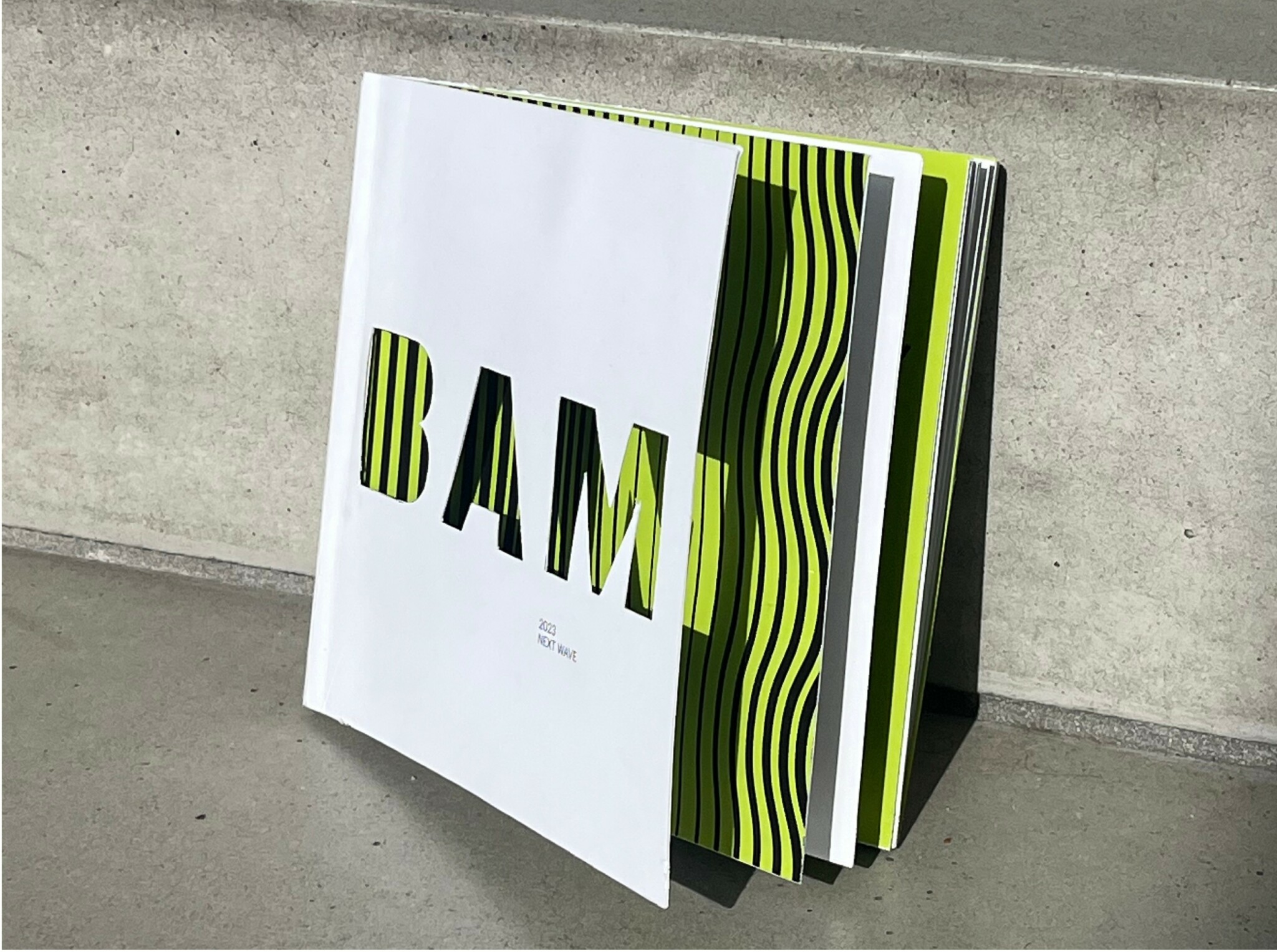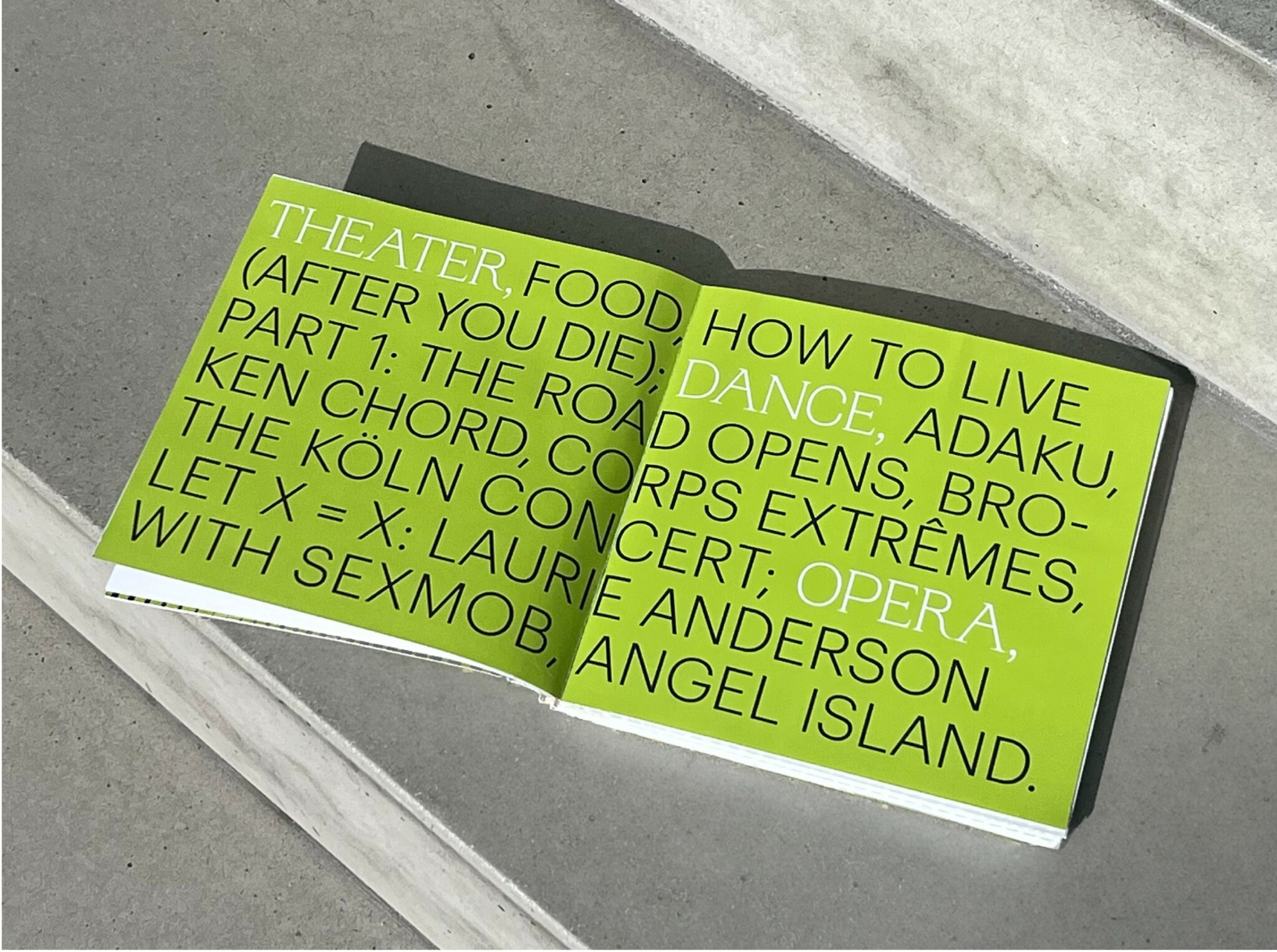We’re excited to introduce you to the always interesting and insightful Ying Han. We hope you’ll enjoy our conversation with ying below.
Ying, thanks for joining us, excited to have you contributing your stories and insights. Any advice for creating a more inclusive workplace?
An inclusive workplace is crucial for graphic designers, especially in today’s hybrid and remote work culture. As creatives, our environment—both physical and digital—directly impacts our ability to focus, experiment, and produce meaningful work. From my experience, an inclusive creative workspace should support different working styles while also providing structure and accessibility to help designers stay organized and inspired.
1. Finding the Right Physical Workspace
One of the most important things I’ve learned is that your physical workspace should align with how you work best. While I was in college, I discovered that I did my best work in a small, quiet library room surrounded by design books. That kind of structured environment helped me focus deeply.
Now, when working remotely, I make a conscious effort to separate my workspace from my personal space. Having a designated desk or studio area helps me mentally shift into “work mode,” rather than blurring the line between work and rest (which, let’s be honest, can be tempting when working from home!). That said, I know creatives who thrive in more casual setups—some even prefer working from bed. The key is to understand your own work habits and create a space that supports them.
2. Building an Inclusive and Efficient Digital Workspace
Beyond the physical space, an organized digital workspace is just as important. As designers, we juggle a lot—client projects, personal work, inspiration boards, and countless file versions. Without a solid system, things can quickly become overwhelming.
I’ve learned that creating a structured, accessible file organization system saves time and reduces stress. Simple habits—like consistently naming files, using cloud storage, and backing up work—can make a huge difference in efficiency. I’m still refining my own system, but a great resource I found is Satō Kashiwa no Chō Seirijutsu by Kashiwa Sato. It offers a systematic approach to organizing both work and life, which is something every creative can benefit from.
Coming from a painting background, I used to thrive in a more “arty” and chaotic workspace—piles of sketches, objects I collected from the street, and leaves I picked up from the forest. I enjoyed surrounding myself with different textures and visuals, believing that exposure to randomness fueled my creativity. My workspace was more like a living collage, constantly evolving with whatever caught my eye.
However, my perspective shifted after reading Satō Kashiwa no Chō Seirijutsu by Kashiwa Sato. The book introduced me to a systematic approach to organizing both work and life, something I hadn’t previously considered necessary for a creative process. It made me realize that structure doesn’t limit creativity—it enhances it.
Since then, I’ve started refining my workspace into a more organized version. Now, when I open my studio door, I’m met with a clean, minimalist environment. The mental clarity that comes with it is undeniable. Instead of feeling overwhelmed by visual clutter, I can quickly access what I need and focus on the work at hand. It’s like having neatly arranged drawers in my mind—when I open one, everything I need is right there, ready to be used.
This shift has taught me that an inclusive and effective workspace isn’t just about inspiration—it’s about balance. While I still embrace spontaneity in my creative process, I’ve learned that having an organized foundation allows ideas to flow more freely.
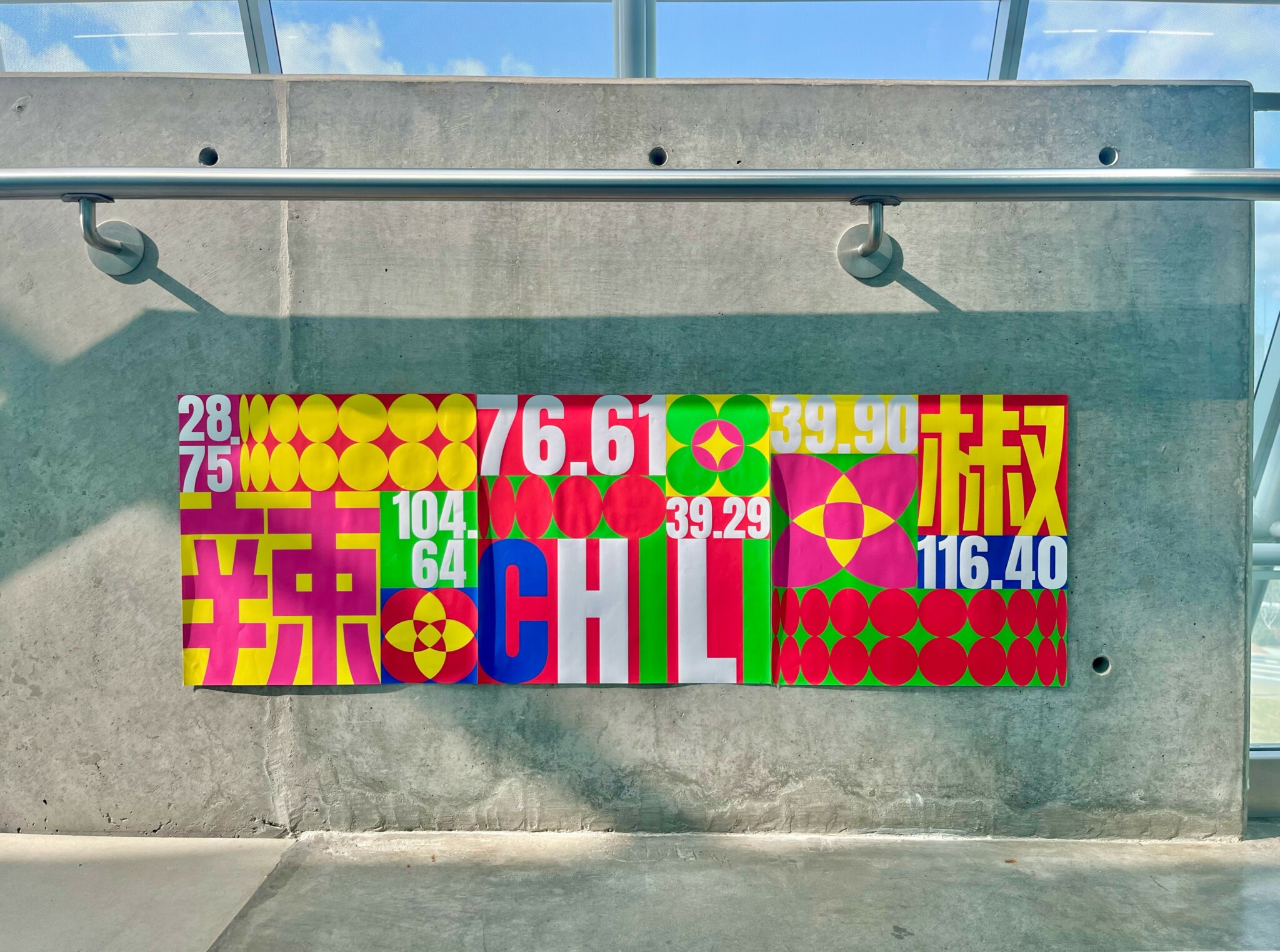

As always, we appreciate you sharing your insights and we’ve got a few more questions for you, but before we get to all of that can you take a minute to introduce yourself and give our readers some of your back background and context?
I am a graphic designer who sees design as a storytelling tool—a way to express observations, curiosity, and thoughts about life. My journey into storytelling began in childhood, influenced by my mom, who was a natural storyteller. I loved retelling stories to my friends and gradually realized that the way a story is told—the timing, the setting, and the details—can completely change its impact.
Over time, graphic design became my medium for storytelling. Instead of using words alone, I now tell stories through typography, color, shapes, and layouts. Whether designing for myself or clients, my goal is to create clear, engaging, and meaningful narratives through visual design.
My transition into graphic design wasn’t immediate. Coming from a fine arts background, I initially saw design as simply arranging fonts and layouts. But once I started studying it seriously, I discovered the depth of visual language—how typefaces, colors, and compositions interact to evoke emotions and communicate messages. Now, I use this knowledge to craft designs that resonate with audiences and tell compelling stories.
I specialize in branding, editorial design, motion graphics, and interactive storytelling, working across both print and digital mediums. My projects range from posters and books to immersive digital experiences that engage audiences in new ways. For clients, I help translate complex ideas into visually compelling narratives, whether through brand identities, promotional materials, or motion graphics. My focus is always on communication—design that is clear, intelligent, and memorable.
Beyond client work, I see graphic design as a medium for exploration and self-expression. One example is Modern Love Manifesto, a project where I explored contemporary perspectives on love. I interviewed people from diverse backgrounds to understand their definitions of love and then used design to visualize their “love manifestos”—abstracting their presence through color and amplifying their voices through typography. The process reinforced my belief in design as a powerful tool for storytelling.
Every designer brings unique perspectives, interests, and aesthetics to their work. My design approach is shaped by a deep curiosity about nature and humanity, as well as my personal experiences as a female designer. I’m drawn to typography, color, and shape as essential storytelling tools, often leaning toward geometric and minimalist styles. However, beyond aesthetics, my focus is on using design as a means of exploration and dialogue—whether through branding, editorial projects, or interactive storytelling. My goal is to create work that is thoughtful, visually striking, and conceptually rich, allowing audiences to engage with both the design and the ideas behind it.
I’m proud of how I’ve evolved as a designer—moving beyond aesthetics and embracing design as a tool for storytelling, exploration, and connection. One project that stands out is Dailies, a typography practice where I created positive postcards for a week, experimenting with type and color. It started as a personal exercise but became something more when a psychiatrist discovered my work online. He reached out, asking if he could print the postcards for his office, so clients could pick them up. Not only did he do that, but he also designed a custom box incorporating visual elements from my designs. Seeing the photo he sent me was a powerful moment—it showed me that what started as a simple typographic experiment had transformed into something meaningful for others.
I want people to know that my work is driven by curiosity, exploration, and deep storytelling. Whether it’s a personal project or a client commission, I strive to create designs that communicate ideas clearly, evoke emotions, and engage audiences. For clients, I bring a thoughtful, research-driven approach to every project. I don’t design just for aesthetics—I design with meaning. Whether it’s branding, editorial design, or motion graphics, I help shape ideas into strong, memorable visual identities. For followers and fellow creatives, I hope my work sparks conversations about how design can be used to explore human experiences, challenge perspectives, and tell stories that matter.
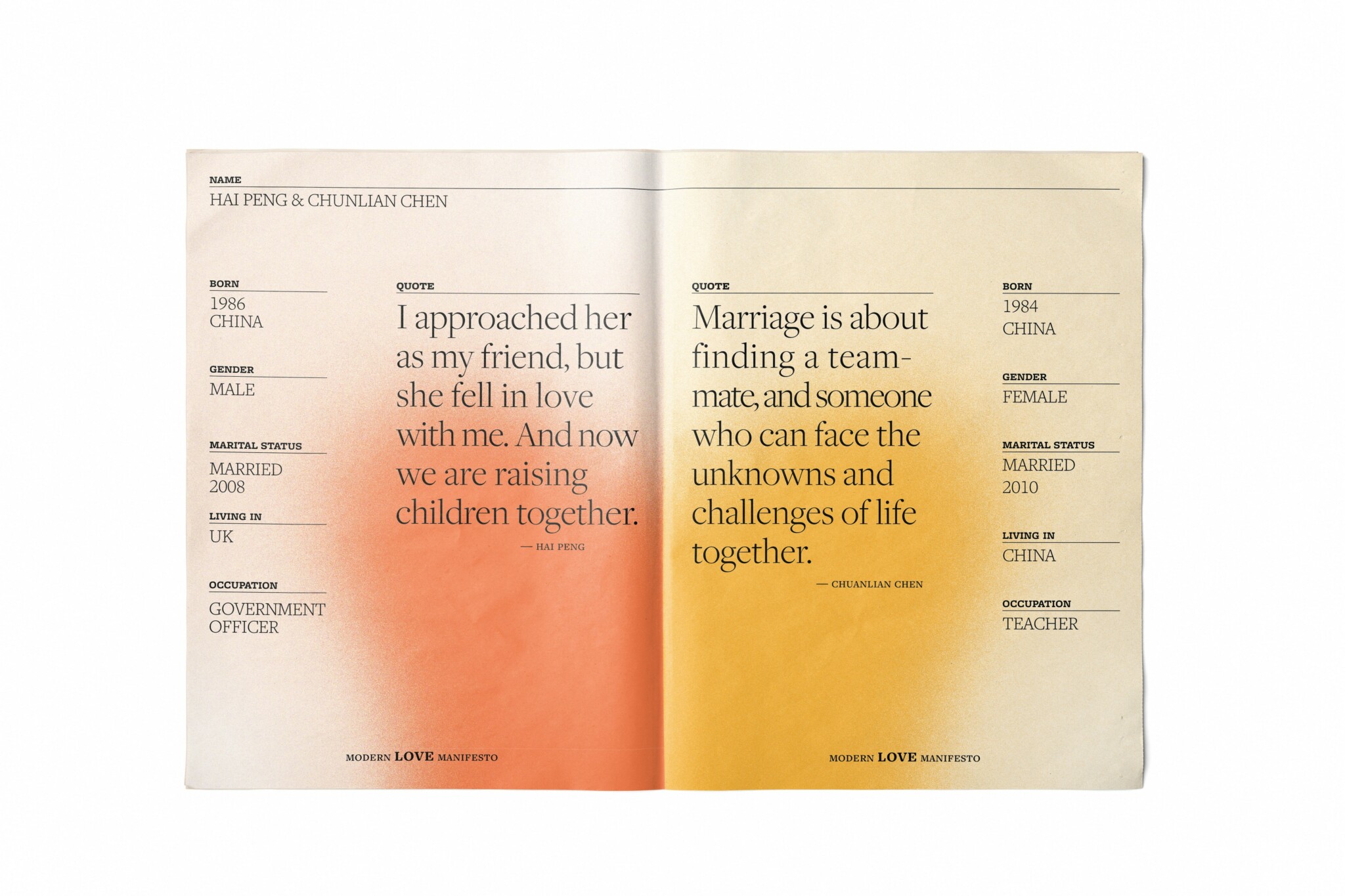
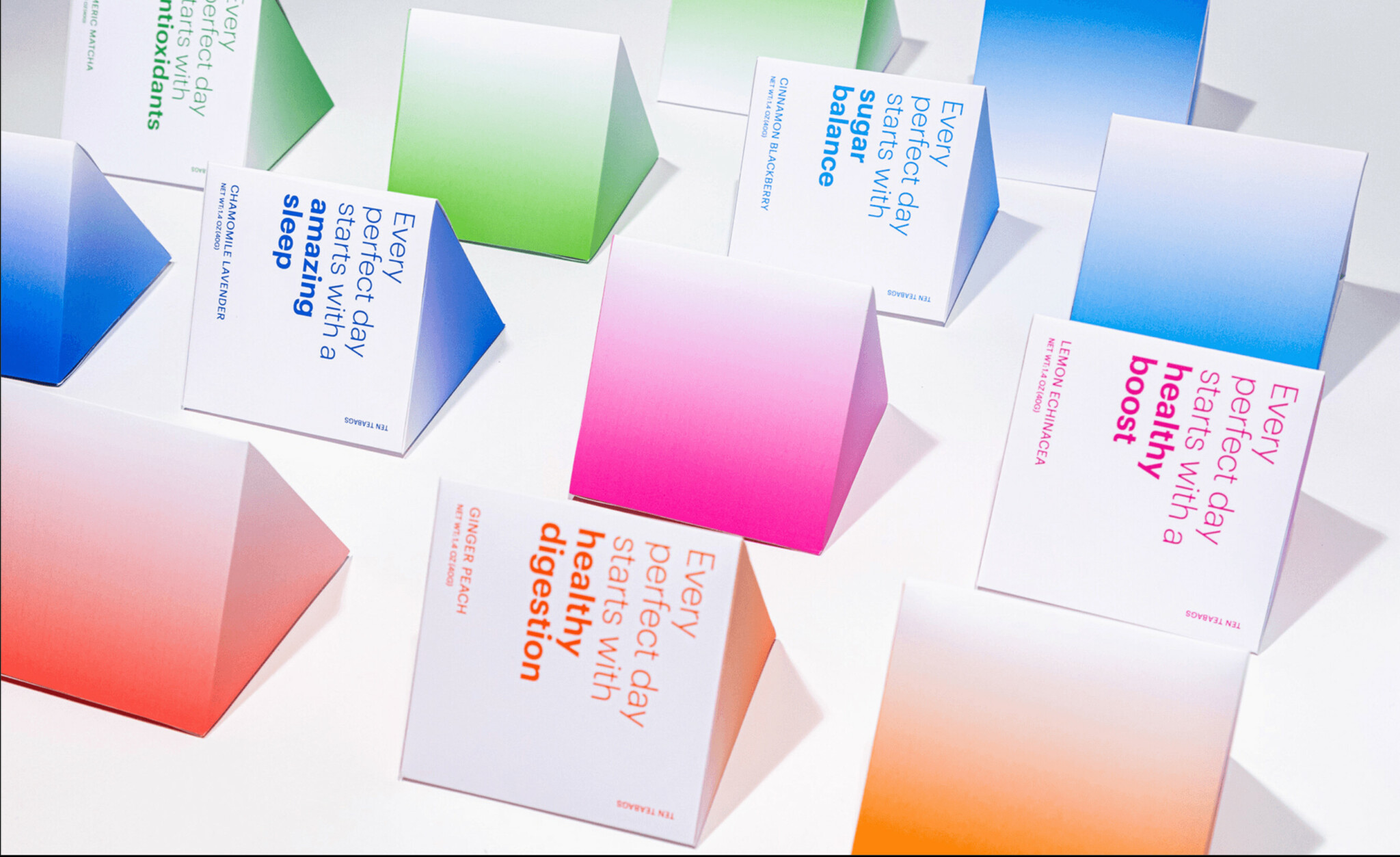
Are there any resources you wish you knew about earlier in your creative journey?
I would say art bookstores and being more active in creative communities.
Early in my journey, I primarily relied on online resources—Pinterest, Instagram, and museum websites—which are great and widely used by designers. However, more recently, I’ve discovered a deep appreciation for physical books and magazines. There’s something special about the tactile experience of flipping through printed pages, seeing the details in high-quality prints, and finding unexpected inspiration in a bookstore. Some of my favorite bookstores in NYC include Printed Matter, Inc., Troubled Sleep, Aeon Bookstore, Mast Books, Bungee Space, and Friend Editions—each offering unique and thoughtfully curated selections.
Beyond books, I also wish I had been more active in the design community earlier. Engaging with fellow designers—whether through events, workshops, or casual meetups—has been incredibly valuable. Conversations with peers expose you to new ideas, approaches, and perspectives that you might not find in books or online. Staying connected and sharing experiences with other creatives is a great way to continue learning and growing.
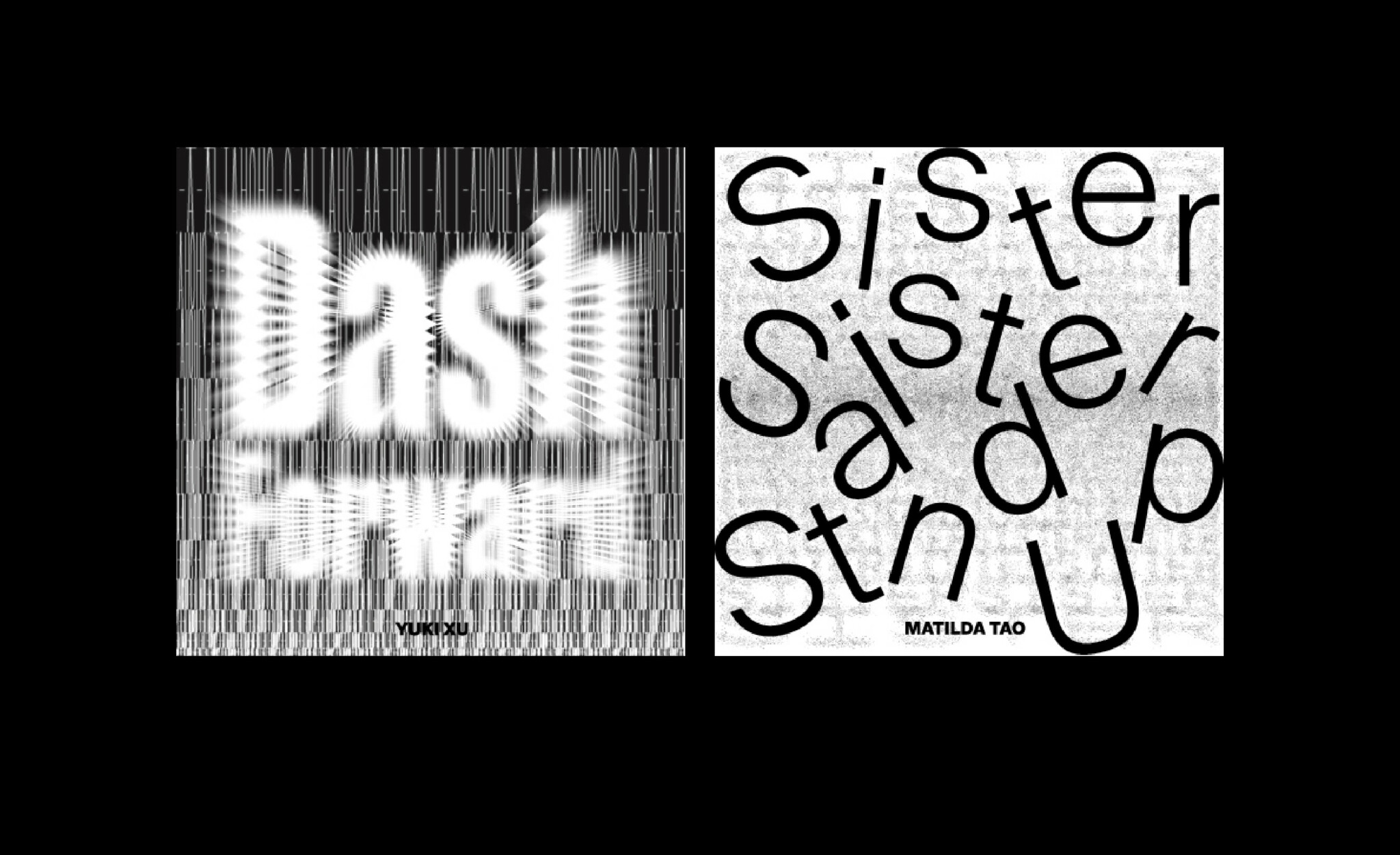

Is there mission driving your creative journey?
When I was in high school, I came across Paul Gauguin’s painting Where Do We Come From? What Are We? Where Are We Going? in a picture album. Seeing it for the first time, I felt deeply moved and profoundly impacted. That moment made me realize the power of visual storytelling—how an image, without words, could evoke emotions, spark reflection, and connect people across time and space.
Since then, one of my core goals as a visual communicator and graphic designer has been to create work that moves people—work that not only conveys information but also elicits emotion, provokes thought, and fosters connection. Whether it’s through branding, editorial design, motion graphics, or interactive storytelling, I aim to craft experiences that resonate on a deeper level.
Ultimately, my mission is to use design as a medium for exploration, dialogue, and impact, much like that painting did for me years ago.
Contact Info:
- Website: https://ying-han.com
- Instagram: @ying.han.0122
- Linkedin: https://www.linkedin.com/in/ying-han-a27097236/
